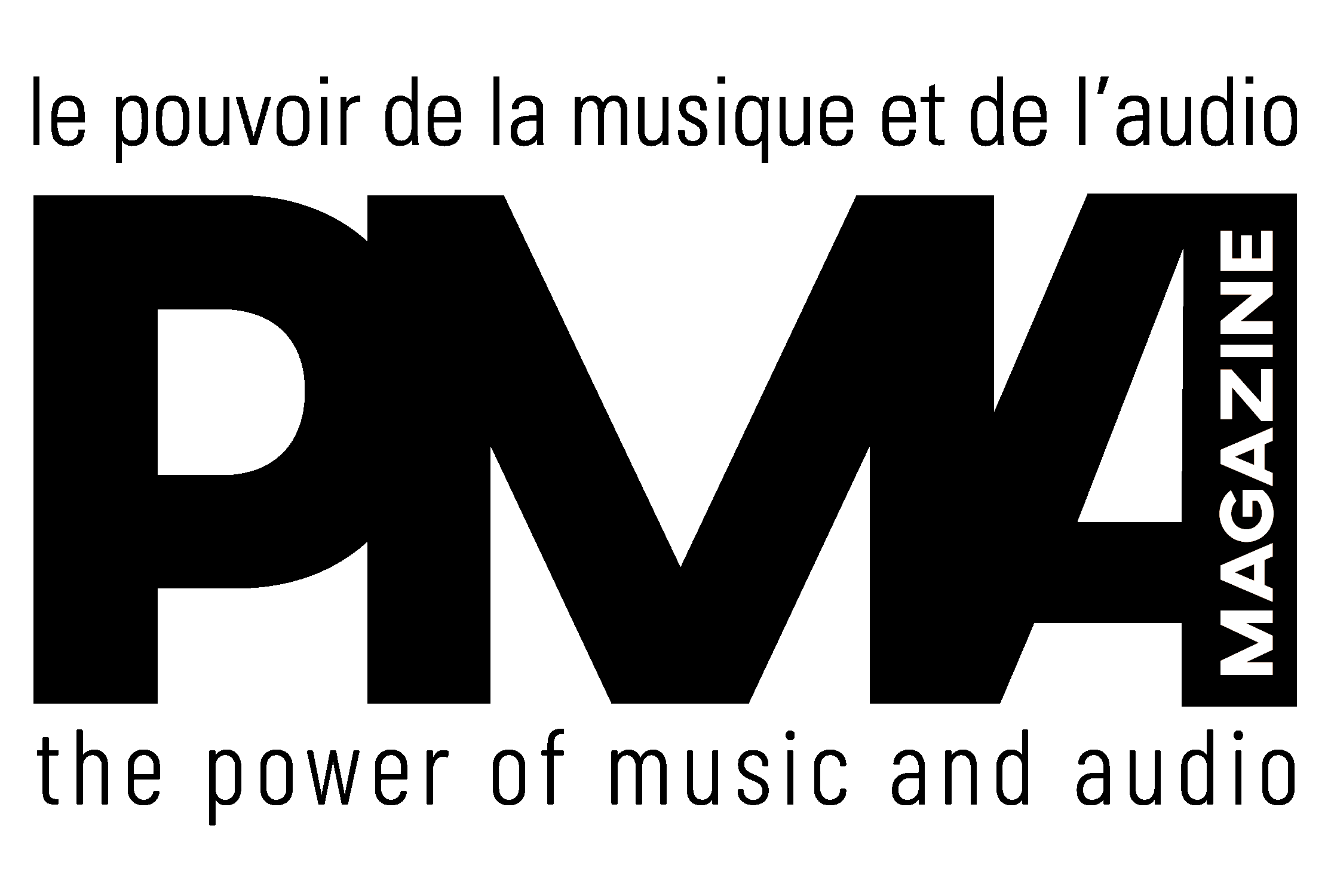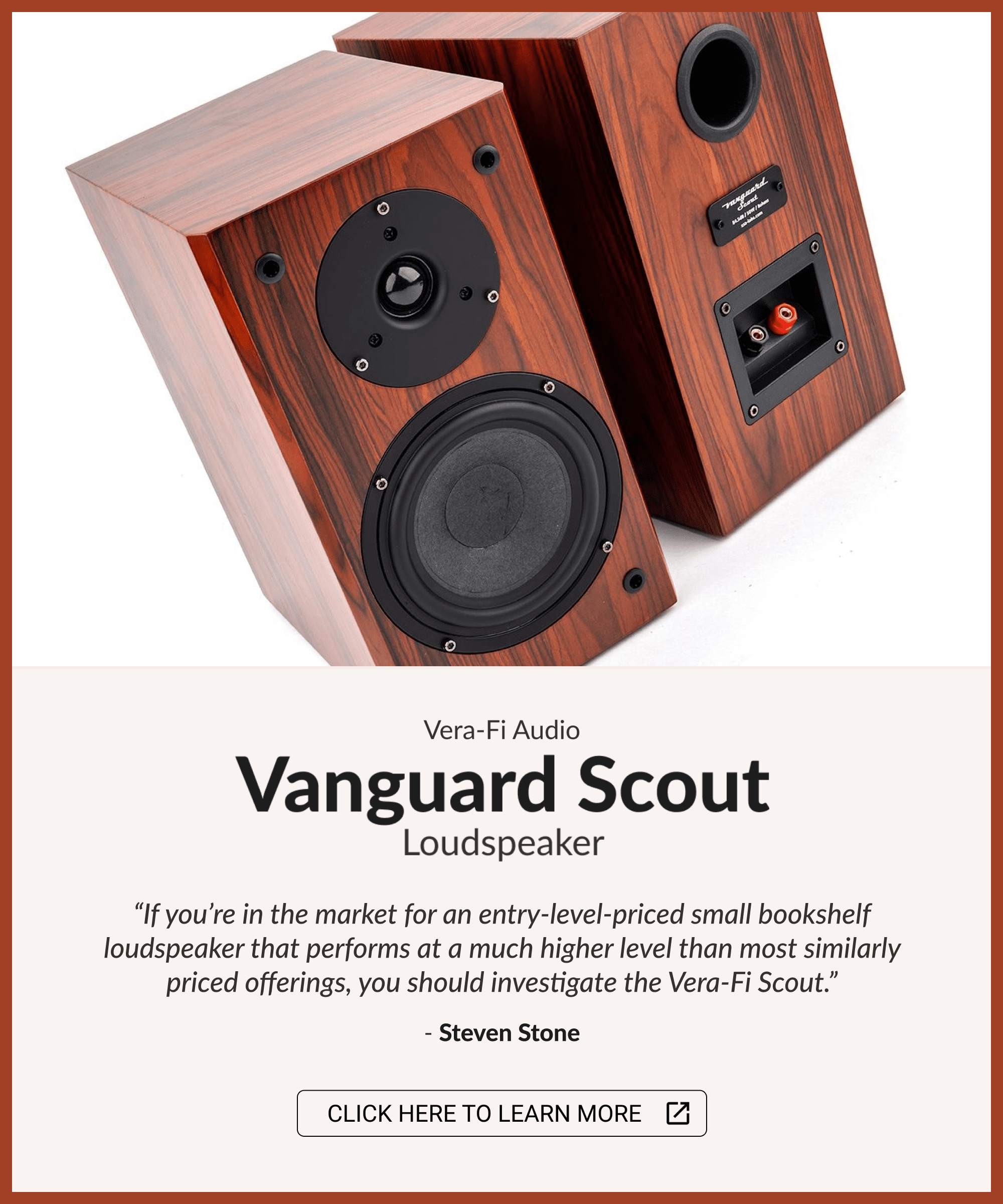As a youngster in the late sixties, I was keenly interested in music. Virtually every day, I came home from school, and after doing my homework, spent my afternoons hanging out at the family’s Philco stereo console spinning LPs. My family’s relatively meager collection of albums consisted mainly of Mom’s selection of easy listening titles, which included the likes of Henry Mancini, Percy Faith, and Bert Kaempfert and their respective orchestras, along with a selection of titles that belonged to my older siblings, which ranged from The Rolling Stones to Peter, Paul and Mary. With such relatively slim pickings, it’s no wonder my focus soon shifted to the console’s radio, with my initial explorations mainly on the AM dial. I grew up in the foothills of the North Georgia mountains; the two local AM radio stations mostly focused on news and farm reports. If they played any music at all, it tended to be country and western, with a heavy emphasis on Johnny Cash.
My first expendable income came from mowing lawns in my neighborhood. I clearly remember the first time I got my Mom to take me to the local Mason’s department store — which was kind of a small-town, scaled down version of a Walmart — to buy my first LP. I arrived with cash in hand, convinced when I got there that I would be going home with Johnny Cash At Folsom Prison. However, once there, I was blown away by the sheer number and variety of records on sale in Mason’s record department. When my mom returned to collect me after her shopping spree, I still hadn’t picked anything; forced to make a decision and guided as much by impulse as anything, I grabbed my very first album and headed to the checkouts. My choice? Meet the Beatles.

With the Fab Four having spearheaded my musical trajectory, my radio listening habits expanded into more of an FM orientation, to Atlanta’s rock stations. Soon, rock (and then prog) became my primary interest, but then something happened. My brother returned from his stint in the Vietnam-era Air Force, bringing along with him a stereo system built from separates he’d acquired on weekend junkets to Japan. I was smitten with the hardware, to say the least! I began to spend cash on music magazines, like Creem and Rolling Stone, but the glitter of my brother’s hardware collection soon found me also picking up copies of Stereo Review.
Stereo Review’s longtime editor was Julian Hirsch, and his unyielding position was that if a piece of equipment under review didn’t measure well, it couldn’t possibly sound good. I was too much of an audio neophyte to think otherwise, but when I eventually bought my first entry level system, I began to notice a pattern of writers of other audio magazines taking issue with Hirsch’s “measurements-are-everything” doctrine. At the time, I was more of a hardware geek, and much more attentive to the appearance of my equipment than to how it sounded — those meter needles flicking and rocking to the music were mesmerizing! Not that I thought my system sounded bad (in reality, it probably didn’t sound very good), but I wasn’t at a point yet to know what good sound quality was.
My first pair of actual loudspeakers was made by Sansui; they had walnut veneered cabinets and sculpted walnut grilles — I thought their appearance was off the chain! And removing those walnut grilles revealed a cornucopia of a half-dozen drivers, featuring a sixteen-inch woofer as well as a super tweeter — how could they not sound great? Turned out they sounded like crap, with anemic bass and a shrill treble response. While it could be argued that my 40Wpc Technics integrated amp probably didn’t help matters, I don’t believe that even a well-engineered modern-day amp could make those beasts sound anything approaching good. Not surprisingly, I didn’t keep them for long.

That’s when I started realizing that looks or measurements weren’t reliable indicators of how capable a piece of equipment is at connecting the listener to the music. I want to believe that if equipment measures well, it probably does sound good, but that isn’t always the case. I once reviewed a pair of loudspeakers that measured terribly, but in my room, with both tubes and solid-state amplification, they cast perhaps the most convincing illusion of live music I’d ever heard.
Don’t get me wrong. I don’t dispute the value of science in audio design. I’ve had enough discussions with manufacturers over the years whose technical embrace of audio displays irrefutable genius, corroborated by my listening to their equipment in my system and elsewhere. I am not a science-denier; there’s a prevalence of that in our current world reality. But I do believe that critical listening and system synergy are much more important to achieving goose-bump levels of sound quality and that such a system can be cultivated from carefully chosen components encompassing a wide range of budgets.
I’ll have more to say on the subject in future columns. Until then, stay safe by listening to music.
















Leave a Reply